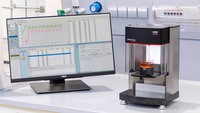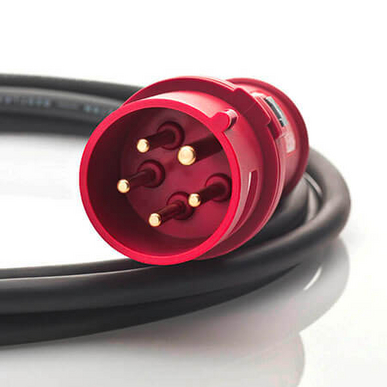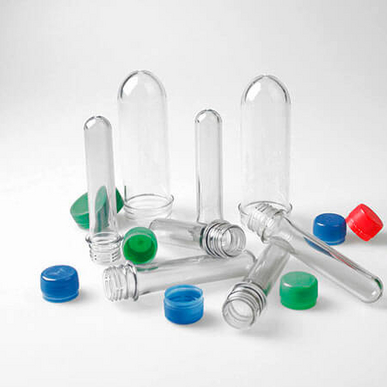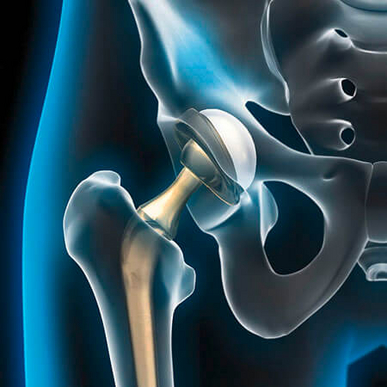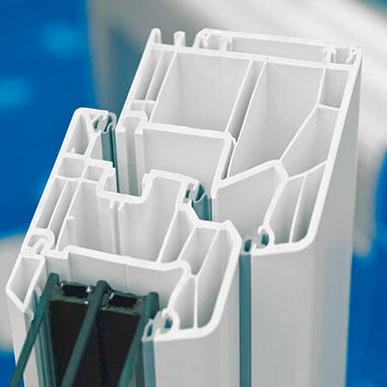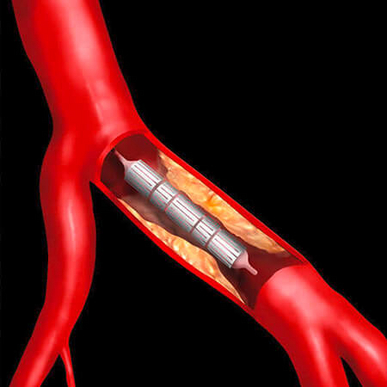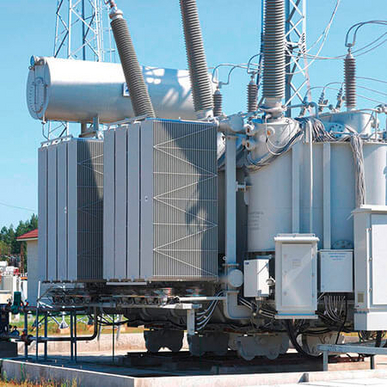Applications Polymers

Solution viscosity – Quality feature of plastics
Determining solution viscosity as a measure for the medium molecular mass of a polymer is one of the most tried-and-tested methods and the most sensitive method to evaluate the molecular identity of many plastics.
Since the processing and usage properties of the plastic depend strongly on its molecular structure, the quality of the plastics can be easily monitored through the solution viscosity or most of them can be optimized and the necessary figure can be determined from this.
Binding standards for the practical execution of viscosity measurement exist for plastics.
These determine, for example, solvents, concentration, sample preparation, viscometer type and size, measuring temperature, number and reproducibility of the processing time measurements as well as the type of evaluation.
As the measurement result, the relative viscosity is always calculated from the ratio of viscosities of the polymer solution and of the solvent.
Viscosity number of polyamides (PA) and polybutylene terephthalates (PBT)
Determining K-value acc. to Fikentscher (chain length of the basic polymers)
Molar mass and IV value of hyaluronic acid products and absorbable polymers
Degree of polymerization of insulation paper using solution viscosity
LAUDA Scientific Viscometry systems – Advantages and benefits at a glance
|
Advantages |
Benefits |
|---|---|
|
Intuitive measuring principle LAUDA Scientific measuring systems with high degree of automation
|
Easy, affordable execution with stopwatch Parallel measurement positions accelerate the process Contact with solvents is reduced Safe operation even by semi-skilled shift workers |
|
Supplies important figures quickly for the chain lengths of polymers and their changes |
Comparison of the specifications with current figures in the quality check Production control in shift operation Incoming components inspection of raw polymers Outgoing components inspection of semi-finished products and compounds |
|
Sample preparation and principle are determined in a few standards High selectivity on properties of the polymer chain Useful tool for polymer research |
Worldwide comparability Can be carried out everywhere with minimum effort Results practically uninfluenced by filler materials or additives to the plastic, like, for example, with the melt flow index High degree of flexibility Applicable in many ways Easy to implement |
|
In some industries, e.g. automotive, the solution viscosity is required |
Compensation for extra effort as competitive advantage Continuous monitoring during product generation Analysis of finished product over the entire life-span and recycling |




